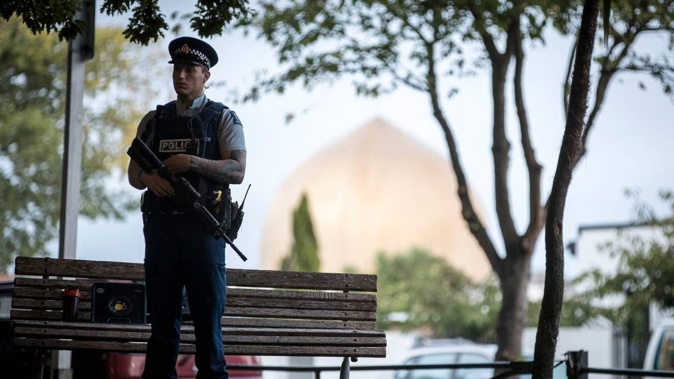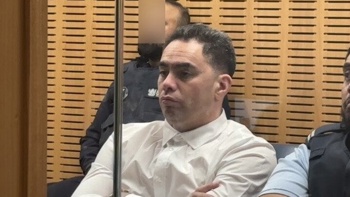
The March 15 terror attack dominated online interventions under a new regime intended to reduce harmful content online.
Four years on from the terror attack that left 51 people dead, the Department of Internal Affairs’ digital violent extremism report showed the lasting impact of the murders on an online community focused on identity or conspiracy-related extremism.
The DIA report - released today - found the new digital violent extremism team had received more than 700 reports of concern about online content.
It reported 39 per cent of those reports identified objectionable material and 56 per cent of those related to the Christchurch attacks.
The referrals identified by the DIA team were tied to specific anniversaries or events during the year, including the date of the 2019 attack by an Australian now serving a life sentence for multiple counts of murder, attempted murder and commission of a terrorist act.
Other events which propelled content relating to the terror attack - including cases of the livestream being broadcast - was the release of a conspiracy-loaded “documentary” called “Three Faced Terrorist”, which has been banned in New Zealand.
Other triggers which led to spikes in referrals to DIA were terror attacks in Buffalo and Bratislava in which manifestos released by the attackers featured excerpts of the Christchurch attacker’s manifesto.
In Buffalo in May 2022, an 18-year-old man murdered 10 people - all black - and injured three others in a livestreamed attack. His manifesto lifted chunks from the Christchurch attacker’s document with white supremacy ideology and conspiracy theories of a white genocide.
The Bratislava, Slovakia, attack saw two killed and one injured by a man whose 65-page manifesto paid tribute to the Christchurch attacker. The attack was identified as an LGBTQI+ hate crime and classed by authorities as a terrorist attack.
“This highlights the ongoing impact of the Christchurch terrorist attacks three years on and demonstrates the importance of preventing the proliferation of this harmful, objectionable content,” the report stated.
/cloudfront-ap-southeast-2.images.arcpublishing.com/nzme/PCBHSHXGFFTO6KPHXY3GQWEHWE.jpg)
Thousands of flowers and messages of support were left in tribute to the Christchurch mosque terror attack victims. Photo / Alan Gibson
The report said content related to the attacks - including the livestream of the murders - continued to be seen in “high traffic areas online such as mainstream social media platforms”, including Google Maps and Twitter, which removed the content or links once notified.
Telegram hosted the greatest number of unique links pointing to extremist content with 103 reported - closely followed by Twitter with 97 links reported. Facebook and Instagram had 40 and 38 links reported, respectively.
While Telegram is perceived to be more lightly moderated than other platforms, DIA said both it and Twitter “removed objectionable content quickly with content often being removed proactively by the platforms before investigations were finalised”.
The type of objectionable content was analysed by DIA with 48 per cent found to be identity-motivated with 97 per cent of that focused on white identity. An additional 34 per cent of total content was classed as politically motivated, with DIA finding 88 per cent of it was conspiracy theory-related.
The report said there was international evidence of increasing instances in which those with extremist ideologies had shown a “pick and mix” approach “rather than adherence to a single extremist belief.
“People may demonstrate a mixed, unstable or unclear ideology, where they display a combination of elements from multiple ideologies, switch between different ideologies, or do not present a coherent ideology but may still pose a terrorism risk.”
The report said the “pick and mix” approach could be seen during the occupation at Parliament “which was comprised of individuals with varying ideologies who found shared causes about which to protest”.
The report said DIA had issued eight formal takedown notices and made 173 informal takedown requests.
Take your Radio, Podcasts and Music with you









